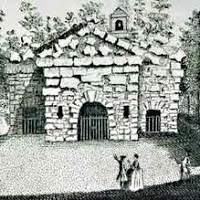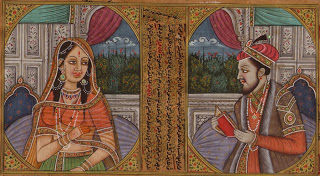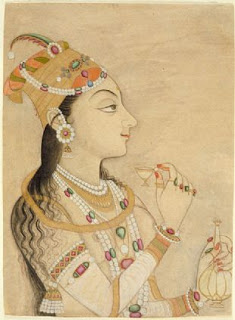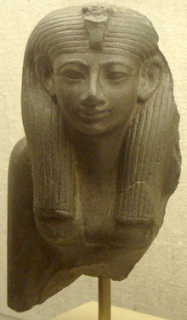Kew Gardens in England is one of the world’s most renowned botanical gardens. Kew has a very long history and has seen and undergone many changes in its time. It is a place that has been farmed on, built upon, designed, land added to and removed, re-designed, re-built, over and over again by its various owners. It has been graced by the designs of Lancelot ‘Capability’ Brown and others of equally great import and reputation. While men deservedly bear the majority of the honors there are many women in Kew’s history that deserve more recognition. I will present this in two parts. The list is long, so let us begin.



